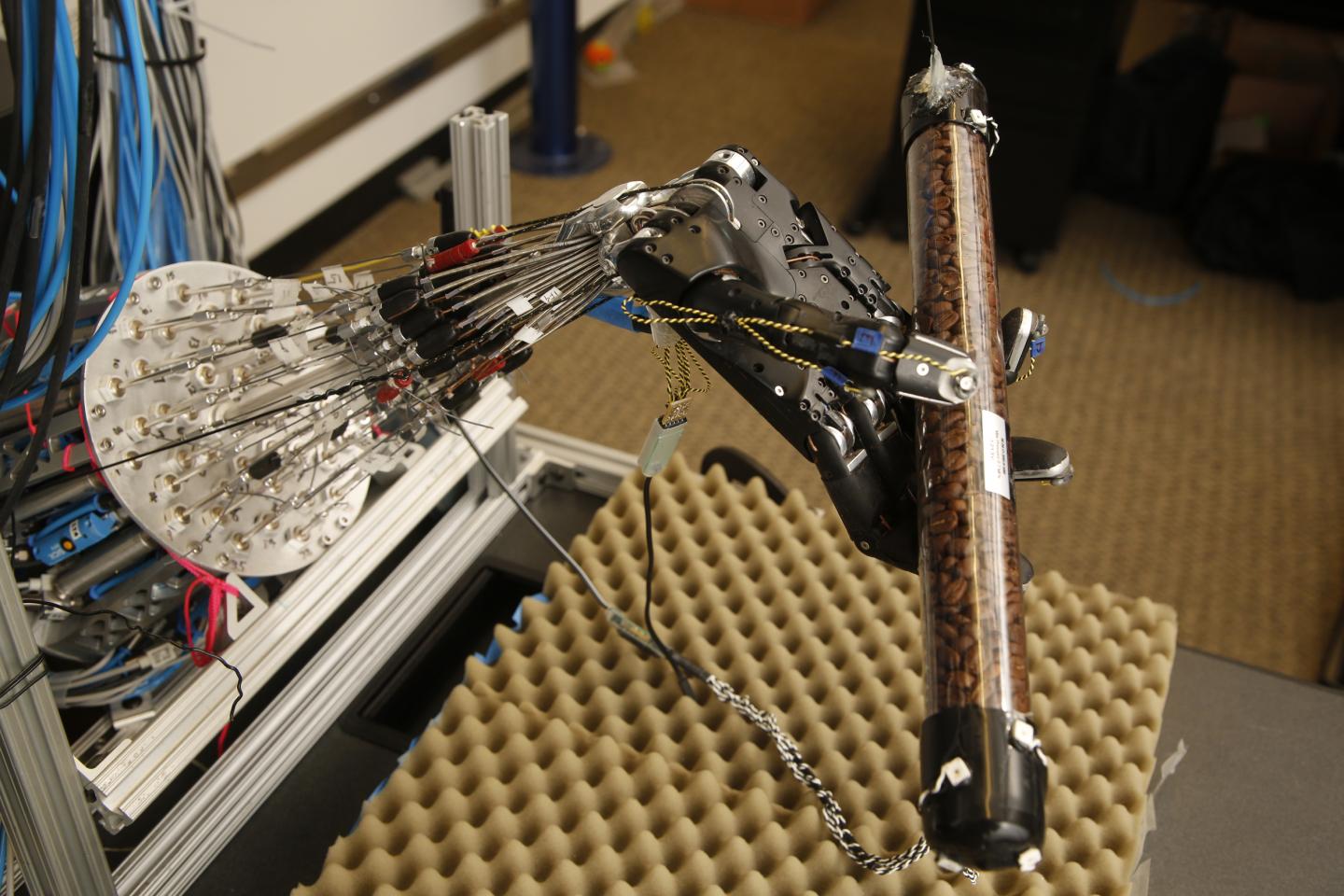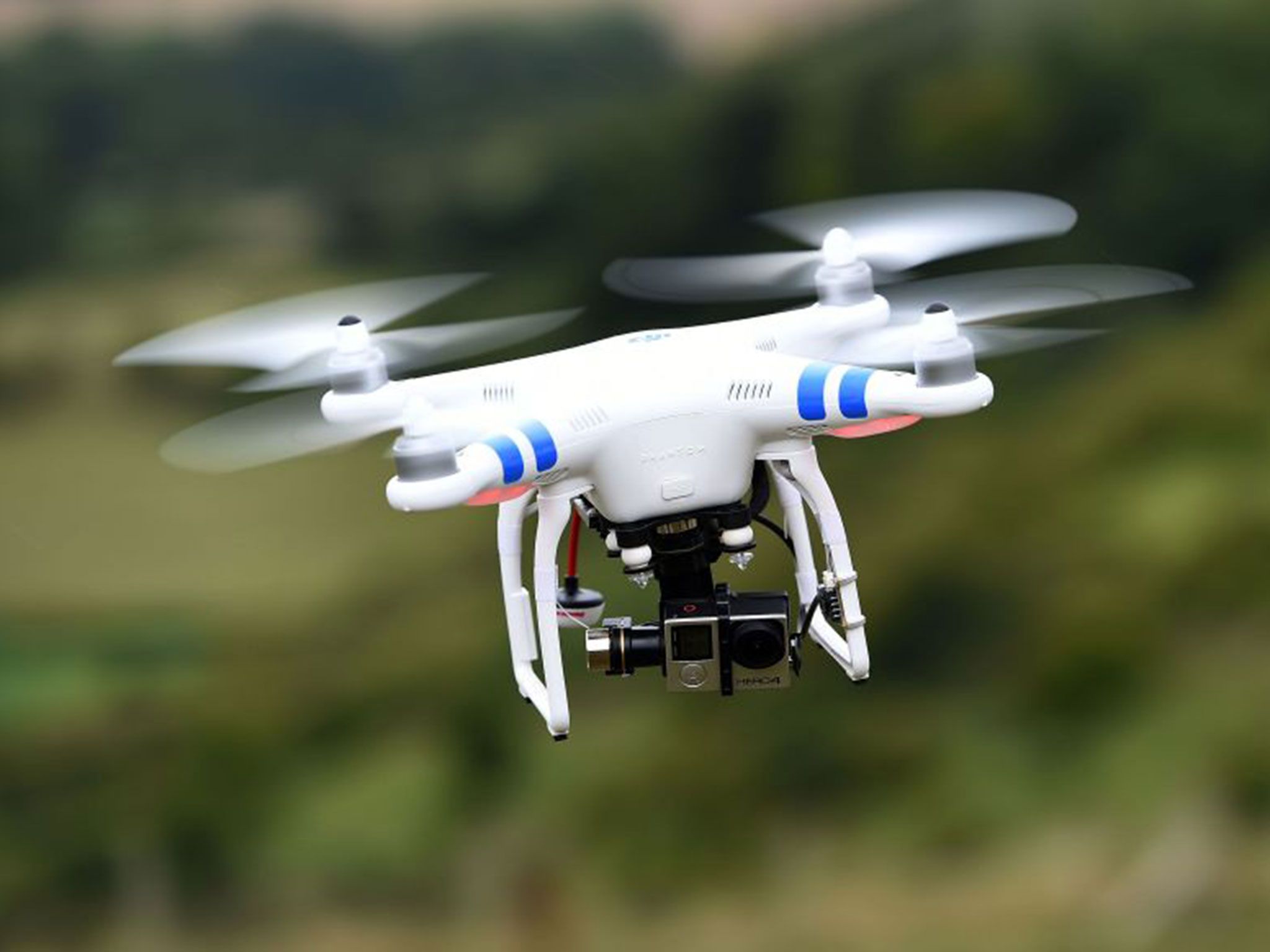May 22, 2016
Earthrise — Japan’s Future Farms
Posted by Shailesh Prasad in categories: computing, food, sustainability
By 2050, the world will need to feed an additional 2.5 billion people living in cities. Yet as the demand for food rises, the amount of land available for agriculture in developed countries is expected to decline. In Japan, at the Fujitsu factory of Aizu-Wakamatsu which still manufactures semiconductor chips for computers, a different project is underway which may offer a solution to this problem. The company has converted an unused part of the factory into a farm to grow food — and more specifically, to grow lettuce. Fujitsu has focused on growing a low-potassium variety, which is sold to people with kidney problems who cannot process the mineral properly. Join Rachel Mealey in Japan’s Fukushima Prefecture to visit the sun-free and soil-free urban farms of the future.









